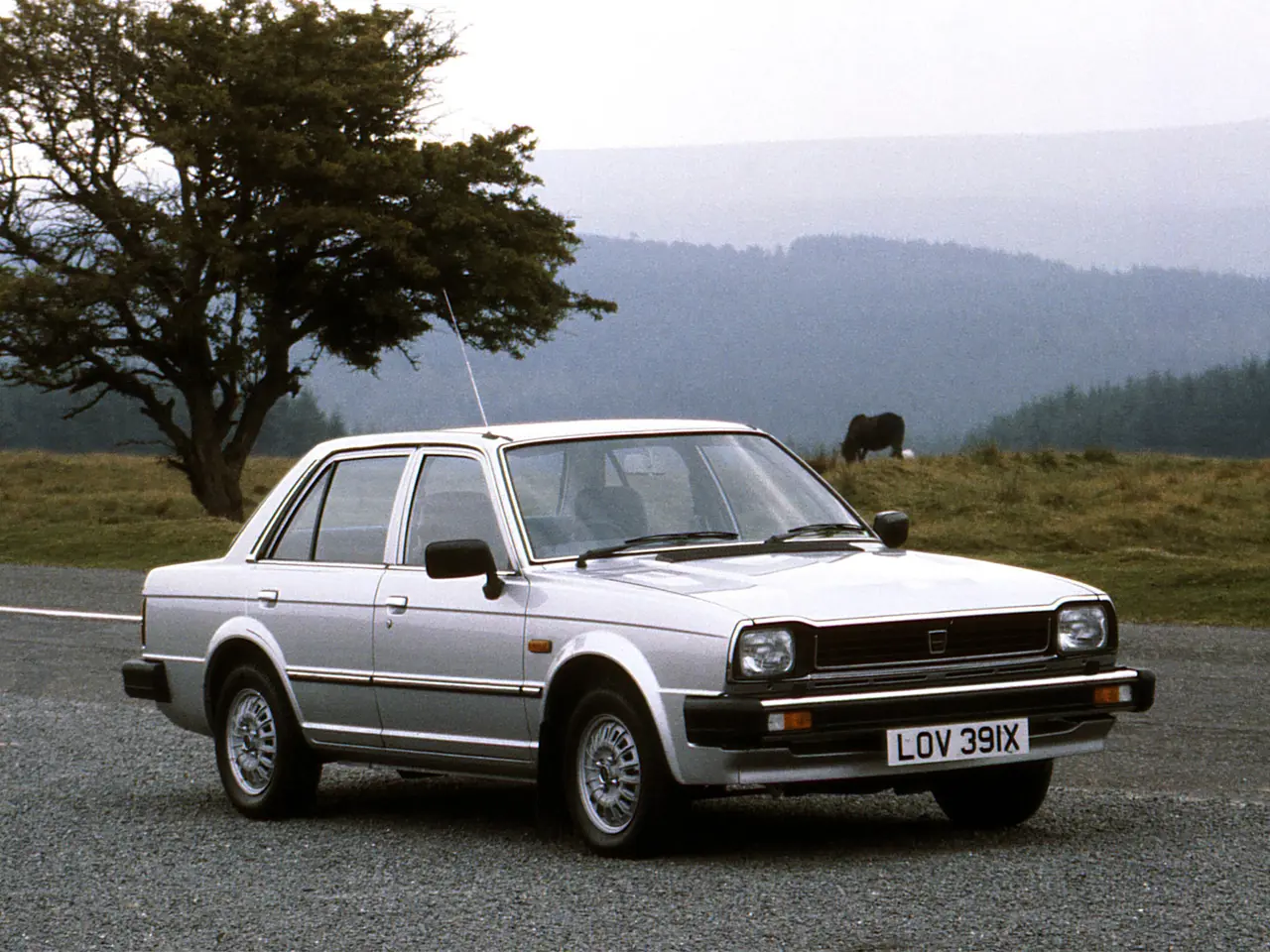THE TRIUMPH ACCLAIM – AN APPRECIATION
10 May 2022
This year marks the 40th anniversary of one of the most important cars to bear the Triumph badge. When the Acclaim made its bow on the 7th October 1981, it pioneered Japanese involvement in the British motor industry. It was also the right car launched at the right time – an accolade not shared by many other BL products.
By the 1970s Japanese marques so impacted on the British car market that the Society of Motor Vehicle Manufacturers and Traders allegedly negotiated a ‘voluntary restraint’ of imports. Meanwhile, British Leyland was in search of a joint-venture partner to develop new models. They initially considered Chrysler UK, but talks came to nothing, as did discussions with Renault. However, Michael Edwards signed an agreement with Kyoshi Kawashima, the president of Honda, on the 26th December 1979.

The controversy arising from this agreement cannot be underestimated. Die-hard Triumph enthusiasts ranted about how the famous name was to adorn a foreign car and how civilisation was therefore about to end. In fact, ‘Project Bounty’ was perfectly timed; the Dolomite needed a replacement while sales of the Austin Allegro and Morris Marina were suffering compared to their Ford and Vauxhall rivals.
The new Triumph was to be a Cowley-built version of the Ballade – itself essentially a Civic saloon. The 1,335cc engine was to have twin Keihin carburettors and to maximise the new Acclaim’s chances, Honda did not sell their version in the UK. BL modified the interior to reflect British tastes. The publicity boasted how every model featured a push-button radio, rev counter, digital clock, servo-assisted brakes and a five-speed gearbox – in a car that was “Totally Equipped to Triumph”.
Customers could choose from HL, HLS, and CD trim levels, the last-named with headlamp washers, tinted glass, electric windows and a ski hatch in the rear seat backrest as standard. The automotive press approved the Acclaim, Car magazine praising the “light controls” and the “slick gearchange” of the HLS. Autocar regarded the HL as “A good replacement for the ageing Dolomite. It is fast, economical, and should prove very reliable.” Perhaps best of all, Motor Sport believed: “…if BL salesmen can persuade customers to try the car and BL can combine the undoubted charm of this small car with the quality of the Japanese built products which are flowing into the country, they are on to a winner.”
Indeed, during its first complete sales month, the Acclaim was already the UK’s fifth best-selling car. Despite Leyland’s best efforts, the Triumph was never really a Ford Cortina/Vauxhall Cavalier rival – the cabin is incredibly compact – but it was a strong competitor in the Escort/Astra market sector.
The Acclaim gained an L specification model in 1982 and a facelift as the ‘Series 2’ in 1983. The following year, it was replaced by the SD3-series Rover 200. The last car to bear the Triumph name indeed proved to be a keynote model in the history of the British motor industry. As the brochure promised, it was “here to change your views on motoring”.
